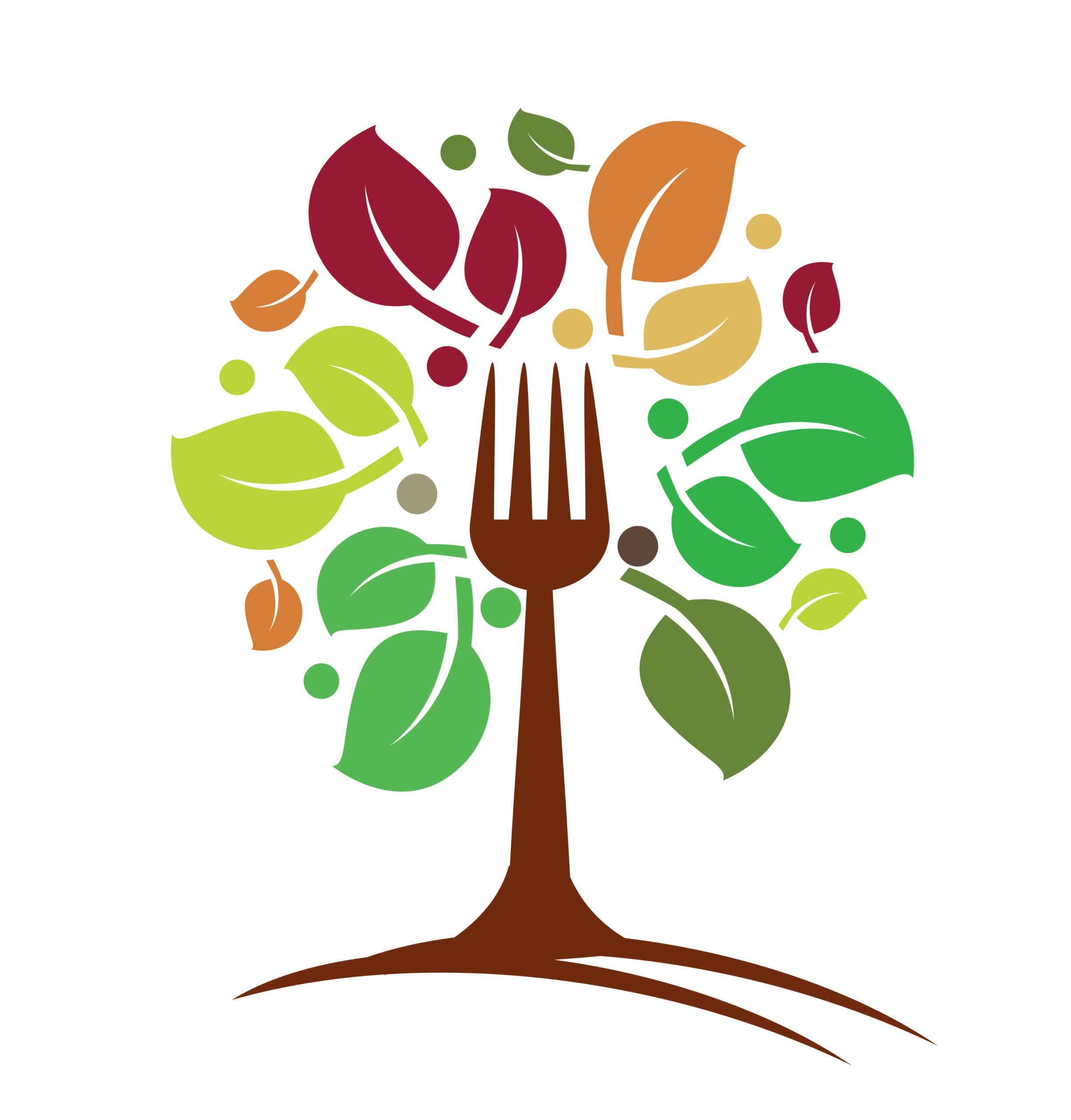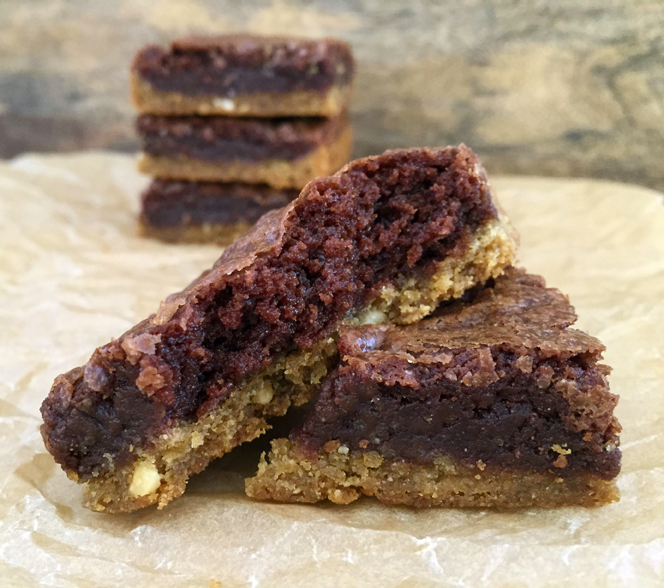I love cookbooks. Some people collect animal figures, vinyl records, or jewelry. Not me. Nope, I collect cookbooks. Not intentionally. I mean, it didn’t start out that way, but after 30 years of acquiring cookbooks, I think it’s fair to say that I have a collection. Ever since I was a kid, I’ve loved the possibility that exists within cookbooks: a pretty cake that might taste even better than it looks, the slow-cooked scrambled eggs that I’ll linger over on a Saturday morning, or the yeasted waffles for Sunday night breakfast-for-dinner dinner.

When I was about seven years old, I discovered the cookbook section in my local library, and I’ve been hooked ever since. Poring over each colorful baking book was not only about what I might make, but also what I might learn. Without Food Network and the interwebs to rely on for visuals (it was the olden days), cooking was a trial-and-error experience. More often than not, it was error, but cooking is something that you learn by doing — and often screwing up — not just by reading about it.
I know people who are fearless cooks — those who will dive right in and try a new recipe on the first read-through or just throw ingredients together without any attachment to the outcome. I’ve never been that kind of cook; I like the guidance of a cookbook, the framework of a recipe. I’m a researcher and a preparer, which is why the sweet kitchen has always been my thing (plus, you know, all those kitchen toys tools rock).
My cookbook collection can be divided into three categories. First, there are the kitchen “bibles,” if you will: the go-to’s, the must-haves. These are the books I’ll recommend or give as gifts because I know the recipes just work, such as Rose Levy Beranbaum’s Cake Bible or Mark Bittman’s How to Cook Everything. Then there are the specialty books, usually purchased for a project idea or a skill I want to learn, like canning. (Uh, still working on that. Canning cookbooks purchases to date: 3. Actual jars of jam made: 0). The last group is what I’d call personal connection, whether it’s the cookbook of a restaurant I’ve admired or enjoyed (Boulevard) or a chef who’s inspired me (Emily Luchetti!), these books are reminders of certain points in my life or milestones in my cooking experience.
Before I started culinary school at the CIA, I took a chocolate class at Ramekins in Sonoma, taught by Alice Medrich, Bay Area chocolate guru and James Beard award-winning cookbook author. (And oh hey, did you know that Alice Medrich has a 650 connection? Her Cocolat chain of shops in operation during the 1980’s included an outlet at Stanford Shopping Center.) She’s written 11 sweet cookbooks, many of which focus on chocolate (of course). Her most recent project, Flavor Flours, explores baking with gluten-free flours, such as rice, sorghum, and teff. After hearing her talk about the book at a JCC panel event that also included Beranbaum and Luchetti, it was a must-buy.
I’m not linear when it comes to cookbooks. Some people can cook right through from first page to last, but I like to skip around and make the things that look most interesting first. So, I’d been waiting for an excuse to make Medrich’s Peanut Crunch Brownies — which is basically a fudgy brownie on top of a peanut butter cookie. Yeah, you read that right. Then came National Chocolate-Covered Peanut Day this week. Chocolate brownie covering peanut cookie? Works for me.

Well, it did, but honestly, not without a bit trepidation and a second run-through. Yes, even after years of baking, working with new ingredients and techniques meant that I was a little uncertain about the outcome. Would the baking times be accurate? Did I really have to bake these brownies in the upper-third of the oven? (still not sure) Could I use a smaller baking pan than the recipe called for? (Answer: yes, but there’s math involved. I don’t recommend it for first-timers.)
What advice would I give kitchen novices or those who have a bit of cooking fear when it comes to trying new recipes?
Read the recipe twice. I usually read through once to get a feel for the recipe, and a second time for details and techniques. Turns out that this recipe was really two recipes — a peanut butter cookie/crust recipe and a brownie recipe — that come together at the end.

Make sure you have all ingredients. One of the ingredients is crunchy, salted, natural peanut butter. I had two jars of peanut butter: both of them creamy, unsalted. *sigh* Did I really want to make a run to the market for a jar of peanut butter, of which I would use 160 grams and leave the rest in the back of my refrigerator for eternity? No. But I did have roasted peanuts, salt, and a food processor — and that was enough to make my own natural, crunchy, salted peanut butter.

Mise en place. Can’t say this enough times: weigh or measure all of your ingredients and revisit the ingredient list to check them off before starting to cook. You’d hate to find out that you forgot to add the sugar as you’re sliding those brownies into the oven. Pro tip: get organized by corralling all of your ingredients on a sheet pan.
Skip the substitutions. When it comes to baking, don’t make any substitutions the first time you make a new recipe, unless you’re really confident. Substitutions can affect weight, moisture, and in some cases, specific chemical reactions are required for a good end product.

Use baking times as guidelines. Any cookbook author will tell you that there’s no way to test every recipe in every oven. Baking times are usually accurate to within a couple of minutes, but not always. The first time you make a recipe, test it at the low end of the time range first, then give it more time if necessary. The peanut crunch layer, which bakes first, needed some extra time in my oven, as did the brownie layer.

Use an oven thermometer when baking. If your oven temperature is off, your baking times will be off. Knowing whether your oven temperature is accurate means adjust time and temperature as necessary for a better outcome.
Make notes. Afterwards, make notes either directly on the recipe or on a post-it note attached to the recipe about what worked, what didn’t, cooking times, and changes you’d like to try next time. For this recipe I would distribute the brownie batter more evenly for easier spreading. It’s a bit stiff and working it too much will pull up the peanut crunch layer. I’d also make sure that the peanut crunch layer isn’t too thick in the middle, pressing it up the sides of the pan more for even baking.

Give it a second try. Unless there’s something tragically wrong with a recipe (yes, there are bad and untested recipes out in the world), or you really can’t stomach the result, give a recipe a second go. I did make a second batch of these brownies because my first version was sadly underbaked, despite letting both the peanut crunch layer and brownies bake an extra few minutes beyond the recipe’s instructions. The second time around I pressed out the peanut layer so that it was thinner and baked it until golden brown, which made for a firmer base and a better texture. Muuuch better.
 Usually I have to make a recipe three times before I have all of the notes down and add it to my repertoire. How do you approach trying new recipes? Are you a fearless cook who jumps right in or are you a methodical note-taker? Share your experiences in the comments below.
Usually I have to make a recipe three times before I have all of the notes down and add it to my repertoire. How do you approach trying new recipes? Are you a fearless cook who jumps right in or are you a methodical note-taker? Share your experiences in the comments below.


Great post — the two recipes thing reminded me of making moussaka recently, which was more like five meals rolled into one. It looks very gooey and sweet, I did not get the sense you whole-heartedly recommended it?
Thanks Susan! The brownie portion is definitely more fudgy than cakey, and while it has a soft texture, it’s not gooey. If you’re sensing any hesitance, that’s likely due to the fact that I’m not a huge fan of peanut butter and thought that the peanut butter flavor overwhelmed the brownie portion. Next time I make this one, I’ll try an almond or hazelnut variation.